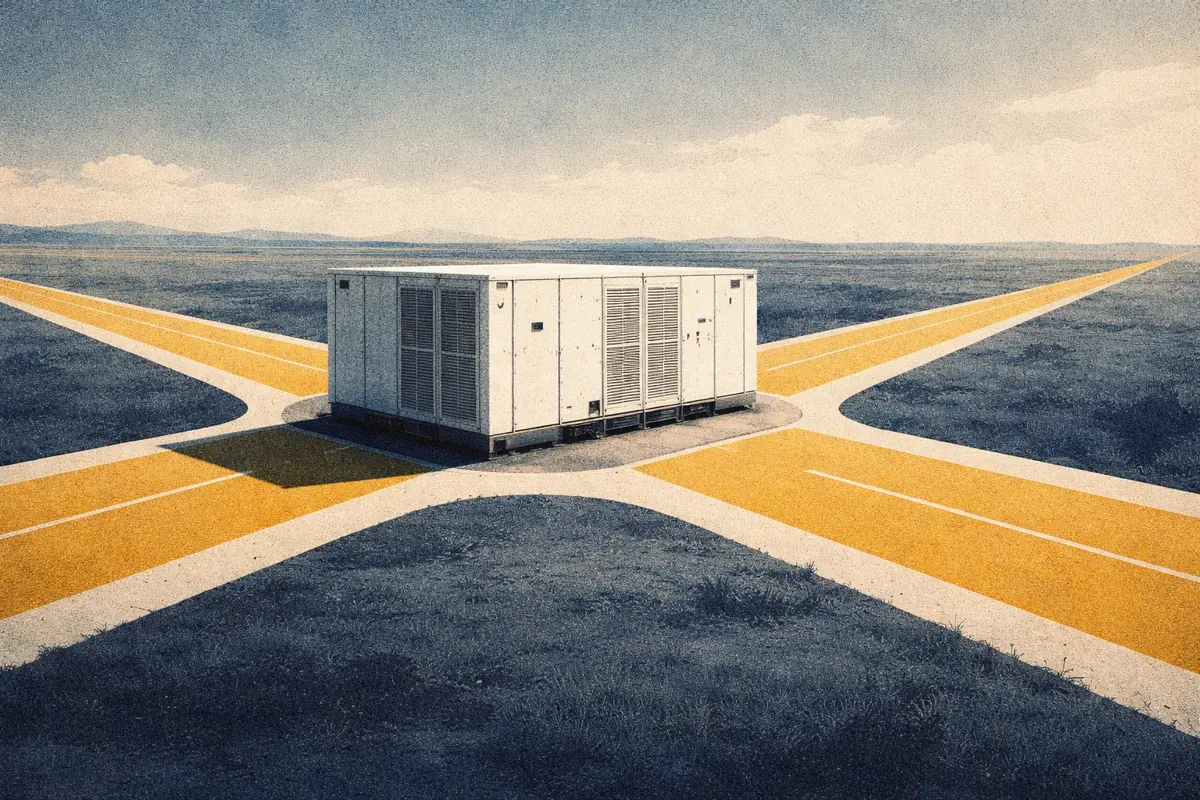CfD AR6: Battery co-location reaches 1.4 GW high in latest round
CfD AR6: Battery co-location reaches 1.4 GW high in latest round
Executive Summary
- CfD Allocation Round 6 (AR6) awarded contracts to 9.6 GW of renewables, with up to 1.4 GW of battery storage expected to be co-located with winning projects.
- Offshore wind returned in AR6 after a gap in AR5, with 5.3 GW awarded, including 2.4 GW for Orsted’s Hornsea Four—the second-largest CfD contract ever.
- Across AR4 to AR6, total battery capacity co-located with CfD-backed renewables could reach 3.1 GW, potentially scaling operational projects by 11x.
Subscribers to Modo Energy’s Research will also find out:
- How changing CfD rules have made battery co-location easier and more attractive for developers.
- Why EDF Energy Renewables and Ørsted are leading battery co-location efforts in AR6.
- What upcoming CfD rule changes could mean for co-located storage in Allocation Round 7.
To get full access to Modo Energy’s Research, book a call with a member of the team today.
Introduction
The results of Allocation Round 6 (AR6) of the Contracts for Difference (CfD) scheme were announced on September 3rd, 2024. In total, 9.6 GW of renewable energy projects won contracts. While batteries cannot participate in the scheme directly, 1.4 GW of battery energy storage capacity could be co-located with sites that have won contracts.
The CfD scheme in Great Britain is a government program designed to support the development of low-carbon electricity generation. Generators awarded contracts receive a strike price, which means they have a guaranteed price for their generation. Our explains this in more detail.
Download
Already a subscriber?
Log in







